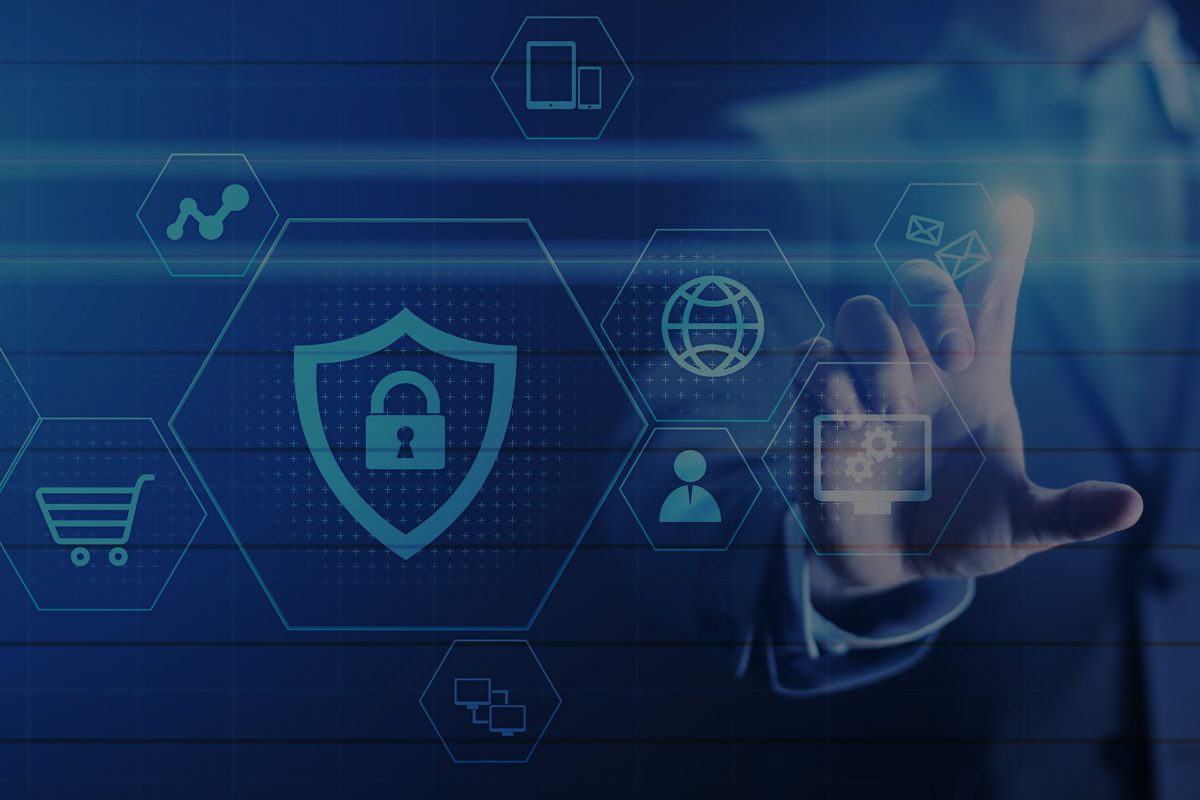You are under a DDoS attack; what do you do now? At the outset, do not get hassled. If you have already appointed a cybersecurity provider, its experts will take care of it. However, if you do not have one, and until you call and get someone to take over your systems, and recover from the attack, here’s what to do after a DDoS attack?
DDoS Attack – What to do? – Steps to take After a DDoS Attack
Remember, these are steps to mitigate the attack’s impact, and hence, you must have your in-house cybersecurity professional by your side to guide you.
-
Notify the Stakeholders
A DDoS attack is a critical concern. Accordingly, when you realize that you are under a DDoS attack, notify the stakeholders within the company, such as the network IT director, business managers, department heads, etc. Explain that the company is under a DDoS attack and information about the steps to mitigate its impact.
Mention everything necessary, however, without letting the notification turn too lengthy. Include critical points such as the type of the DDoS attack, the time of the attack, the impact details, its effect on the company’s users and clients, and the measures being taken to minimize the impact of the DDoS attack. Furthermore, keep the stakeholders updated about the event’s progress and about your curative measures to fix the problem.
-
Do the Necessary First-Aid
So, now begins your defense. If the attack is happening from a single source, or a few ones, execute an IP-based Access Control Lists (ACLs) to stop the traffic from attack sources. However, remember that this process might not prove as helpful if the source is multiple IP addresses. On the other hand, if the attackers target an application or a web-based service, you can restrict the number of concurrent application connections, termed rate limiting.
Leverage your DDoS protection tools to cover a range of DDoS attacks. You can deploy DDoS protective measures as a cloud-based scrubbing service, a blend of hardware and cloud, or as an appliance in your data center. In case these measures aren’t possible, request an emergency onboarding service from a professional cybersecurity company.
-
Keep Track of the Attack
Please do not leave the attack alone; keep monitoring it and its progression. Utilize the time to find out answers and asses,
- The type of DDoS attack (whether a network-level threat or an application-layer attack)
- The various characteristics of the attack
- The size of the DDoS attack
- The source of the attack, and whether it is a single source attack or multiple ones
- Is it a multi-targeted attack, and if the attack has dynamic targets
- The pattern of the attack
-
Seek Professional Assistance
These aren’t curative but DDoS first-aid measures. So, ensure you seek assistance from professional cybersecurity experts. Expert companies help you deal with the attack better, engineer solutions to stop the DDoS attack, and set systems and protocols (if not already in place) to repair the damage, help your network recover, and prevent the onset of DDoS attack.
Better prevent than cure! Remember, cyber-attacks are evolving, and they are intelligently designed to attack in oblivion and take control of the entire network, often much before you even realize you’ve been hacked. So, if you do not already have a cybersecurity service provider, partner with a cybersecurity partner like Alliant.
Alliant Cybersecurity is a step ahead of attackers. It devises curative cybersecurity solutions to enable companies to recover from an attack and preventive measures to help them prevent DDoS attacks through employee awareness and harnessing technology.



